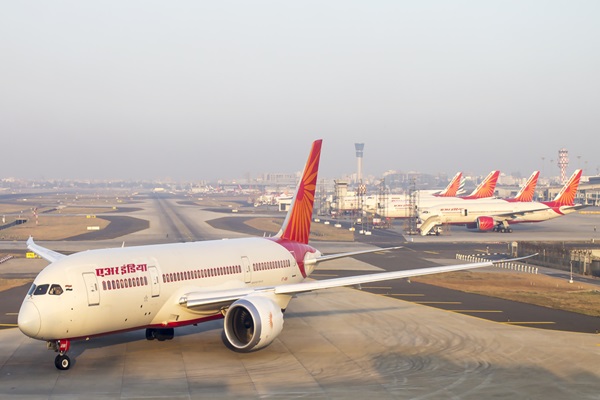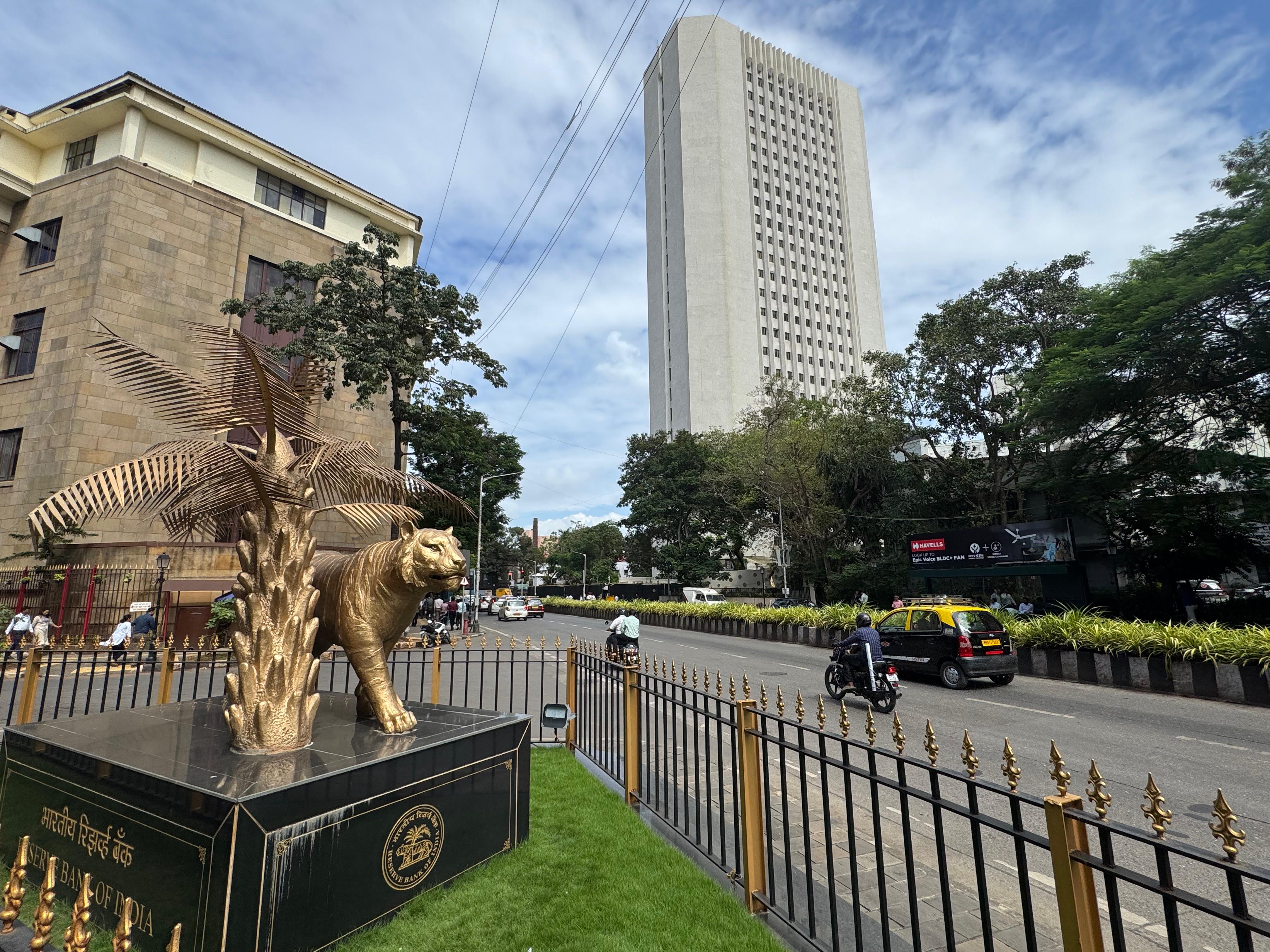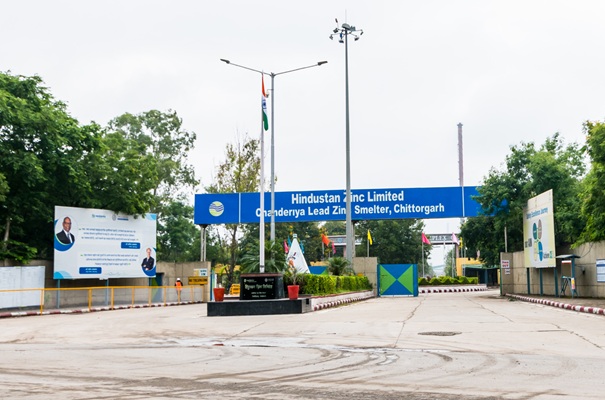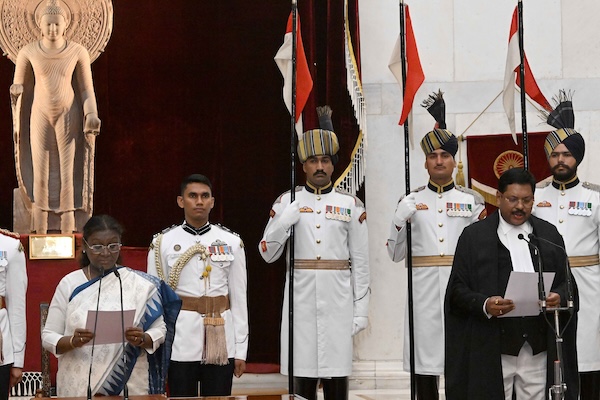.png)

By Hemachandra Padhan
Dr Hemachandra Padhan is an Assistant Professor, General Management and Economics, IIM Sambalpur.*
October 13, 2025 at 5:43 AM IST
India’s aviation industry is on the verge of a transformation that goes beyond aircraft orders and passenger counts. It is about power: political, economic, and environmental. As women gain stronger roles in governance and the country races toward its Net Zero 2070 target, the airline industry will become both a mirror and a driver of inclusive, sustainable growth. By 2047, when India marks 100 years of independence, the story of its skies will be written as much by empowered women and green technologies as by GDP growth.
Women’s political empowerment is no longer just a social reform, it is a structural economic force. Studies across states show that when women enter politics, public spending priorities shift toward education, safety, health, and mobility. These are precisely the foundations of modern aviation demand.
The 33% reservation for women in legislatures, once fully implemented, could fundamentally alter infrastructure and energy policies. It would strengthen the push for safer airports, affordable regional travel, and cleaner technologies, areas where aviation plays a central role. India’s aviation sector already contributes about 2.3% to national GDP, generating over ₹3 trillion annually through direct and indirect linkages.
With sustained growth, fleet modernisation, and digital efficiency, this share could rise to 4–5% by 2047, making aviation one of the fastest-growing segments of India’s service economy. When women influence policymaking, investment often flows into sectors that improve accessibility and social equity. In aviation, this translates into broader connectivity, better safety standards, and higher female workforce participation, all of which boost productivity and consumer trust.
The intersection of women’s empowerment and aviation creates a multiplier effect across three levels.
Demand Expansion: Rising female labour participation, business ownership, and education levels are increasing women’s independent travel. From entrepreneurs in Bengaluru to students in Bhubaneswar, women are now a rapidly growing share of India’s domestic flyers.
Policy Alignment: Women-led administrations are more likely to prioritize public transport and connectivity. If future governments sustain this focus, schemes like UDANcould evolve into gender-sensitive models, ensuring that smaller towns and healthcare, tourism, or educational hubs are linked by air.
Workforce Participation: Women currently make up only about 15% of India’s aviation workforce, compared to nearly 40% in advanced economies. With better access to training, safety, and finance, that figure could exceed 40% by 2047. The benefits go beyond equity, more diverse teams have been shown to enhance operational reliability and customer satisfaction.
Growth and Gravity: The Green Challenge
But the challenge is equally large. Aviation accounts for about 1.9% of India’s CO₂ emissions, a figure that could rise to 4–5% by 2047 if business continues as usual. Rapid growth without reform risks undermining India’s climate commitments. This is where empowered governance makes a difference. Women leaders have historically been stronger advocates for environmental and health policies. Greater female participation in decision-making can push the industry faster toward low-carbon fuels, energy-efficient fleets, and green airports, essential steps if aviation is to grow without overheating the planet.
India’s major airlines are already aligning business strategy with sustainability goals:
Air India is undertaking one of the world’s largest fleet renewals, adding A350s and B787s that cut per-seat emissions by up to 25%.
IndiGo, now the sixth largest airline globally by market capitalisation, is adopting advanced A320neo and A321XLR aircraft, and investing in digital route optimization to reduce fuel burn.
Akasa Air aims to achieve 10% sustainable aviation fuel usage by 2030 and carbon-neutral ground operations by 2035.
Airports such as Delhi, Kochi, and Bengaluru are leading with net-zero ground operations powered by solar energy. India’s National Green Aviation Policy, now in the works, targets a 30% SAF blend and 25% hybrid-electric short-haul flights by 2047. If supported by incentives and infrastructure, these targets are realistic, especially with political backing that values clean innovation over short-term cost cuts.
Forecasting India’s Skies to 2047
|
Year |
Passengers (million) |
Share of Aviation in GDP (%) |
CO₂ Emissions (MtCO₂) |
Female Workers (%) |
Net-Zero Readiness |
|
2025 |
411 |
2.3 |
19.8 |
15 |
Low |
|
2030 |
541 |
3.0 |
23.4 |
22 |
Moderate |
|
2035 |
710 |
3.7 |
25.1 |
28 |
Moderate–High |
|
2040 |
932 |
4.3 |
26.0 |
35 |
High |
|
2047 |
1,365 |
4.8 |
25.0 |
42 |
Very High |
Despite a tripling of passengers, total emissions can stabilise by 2047 if cleaner technologies and inclusive policies advance together. The gender dimension, from leadership to workforce, will be a decisive catalyst for this transition.
Industry Outlook: Competition and Responsibility
|
Year |
IndiGo (%) |
Air India Group (%) |
Akasa (%) |
Others (%) |
Fleet Size |
|
2025 |
64 |
15 |
6 |
15 |
900 |
|
2030 |
61 |
16 |
8 |
15 |
1,200 |
|
2035 |
56 |
19 |
9 |
16 |
1,600 |
|
2040 |
52 |
22 |
10 |
16 |
2,100 |
|
2047 |
50 |
25 |
10 |
15 |
2,700 |
India’s airline fleet could grow from 900 to 2,700 aircraft by 2047, contributing ₹12–14 trillion to GDP annually. Market dominance may narrow as Air India consolidates globally and Akasa expands regionally. IndiGo is likely to retain its cost leadership, but policy incentives for regional connectivity may open new niches for smaller players.
The 2047 Vision
By 2047, Indian skies may host carbon-neutral aircraft flown by women captains, landing on solar-powered runways, serving regional hubs designed with inclusivity and safety at their core. The industry could account for nearly 5% of GDP, create millions of high-skill jobs, and yet remain consistent with India’s Net Zero ambitions.
Women’s political empowerment will not merely complement this transformation, it will drive it. As more women shape budgets, legislation, and boardrooms, they will define how India balances speed with sustainability, and growth with grace. The next great leap for Indian aviation will not be only about flying farther or faster. It will be about flying fairer and cleaner.
Women in leadership, green technologies in fleets, and inclusive governance in policy, together, they will decide how India’s skies become both an engine of prosperity and a symbol of responsibility. The horizon is clear: empowered women, sustainable skies, and an India that rises, not just in altitude, but in vision.




